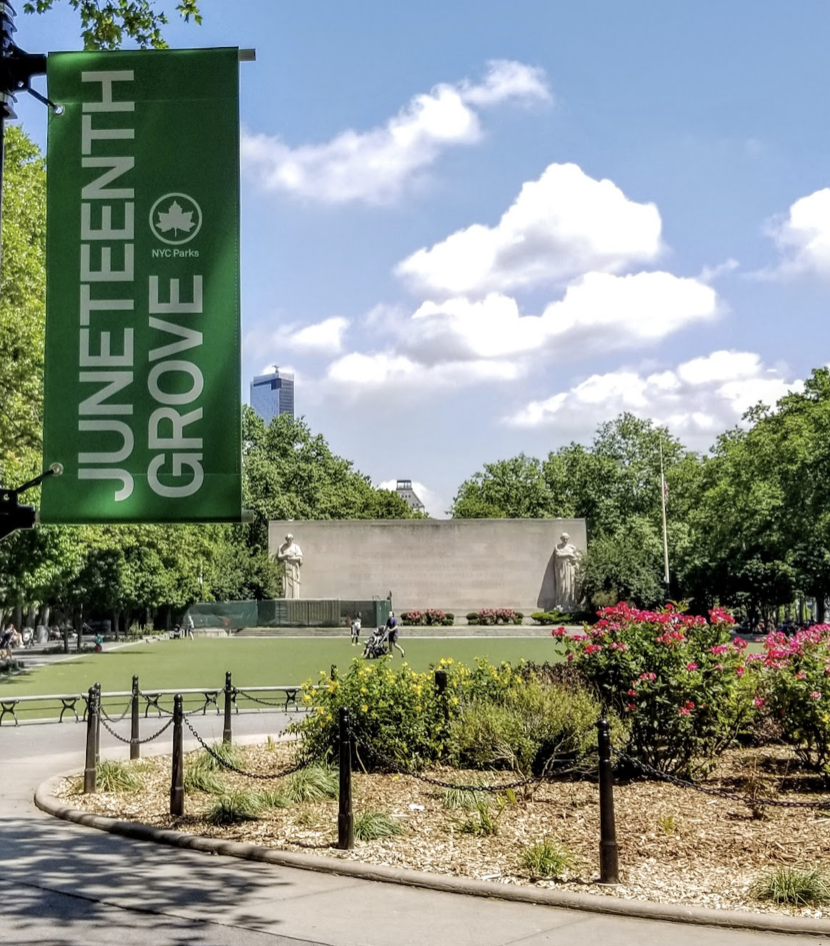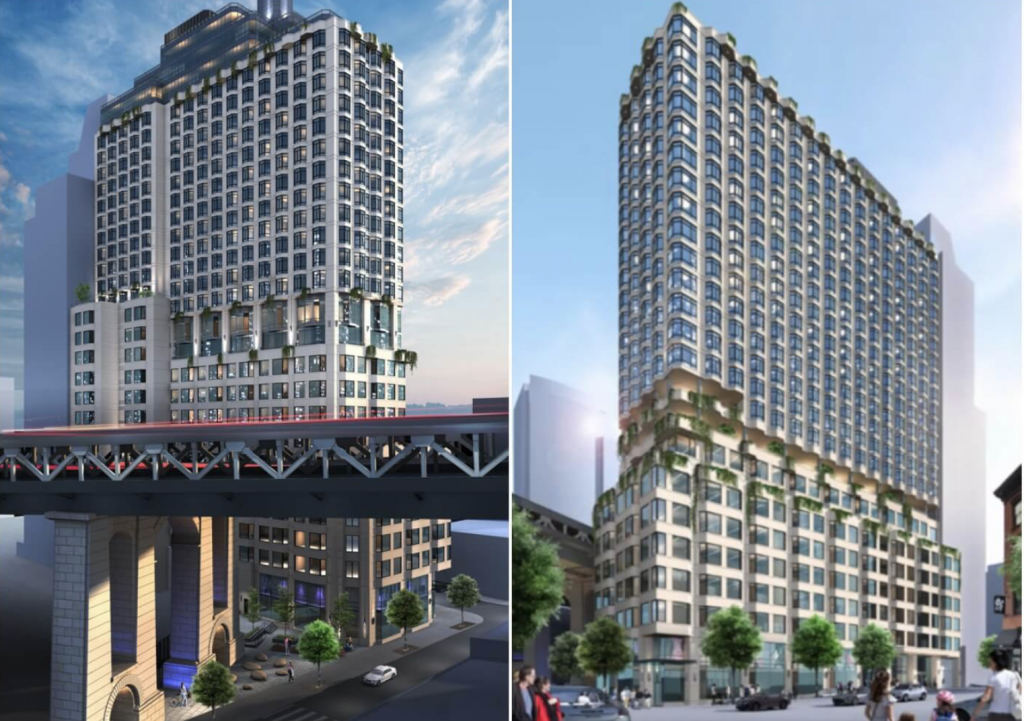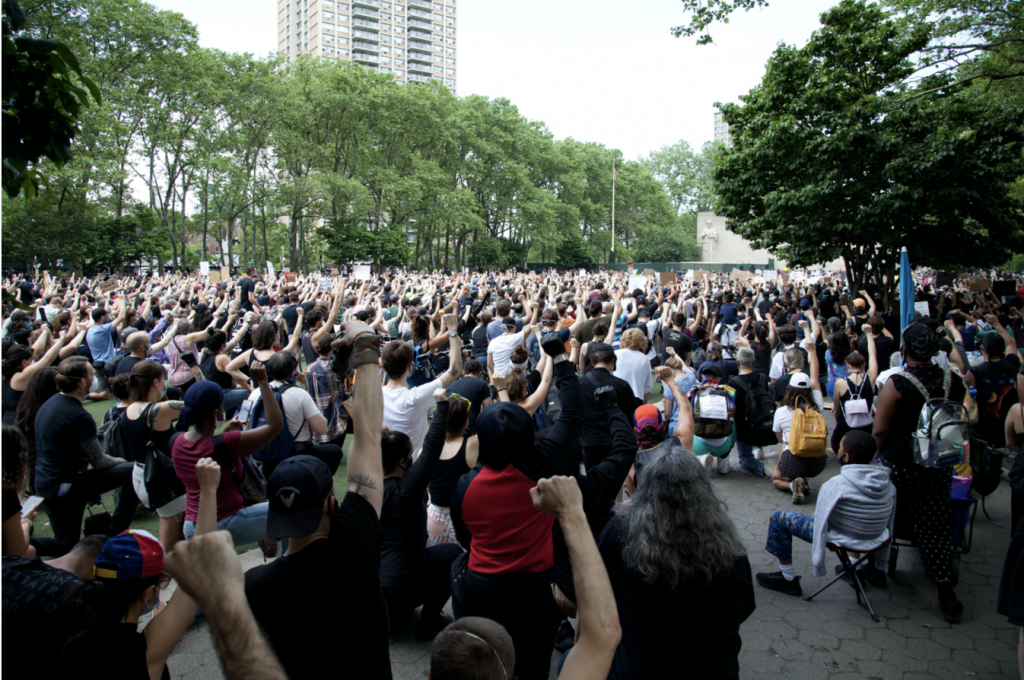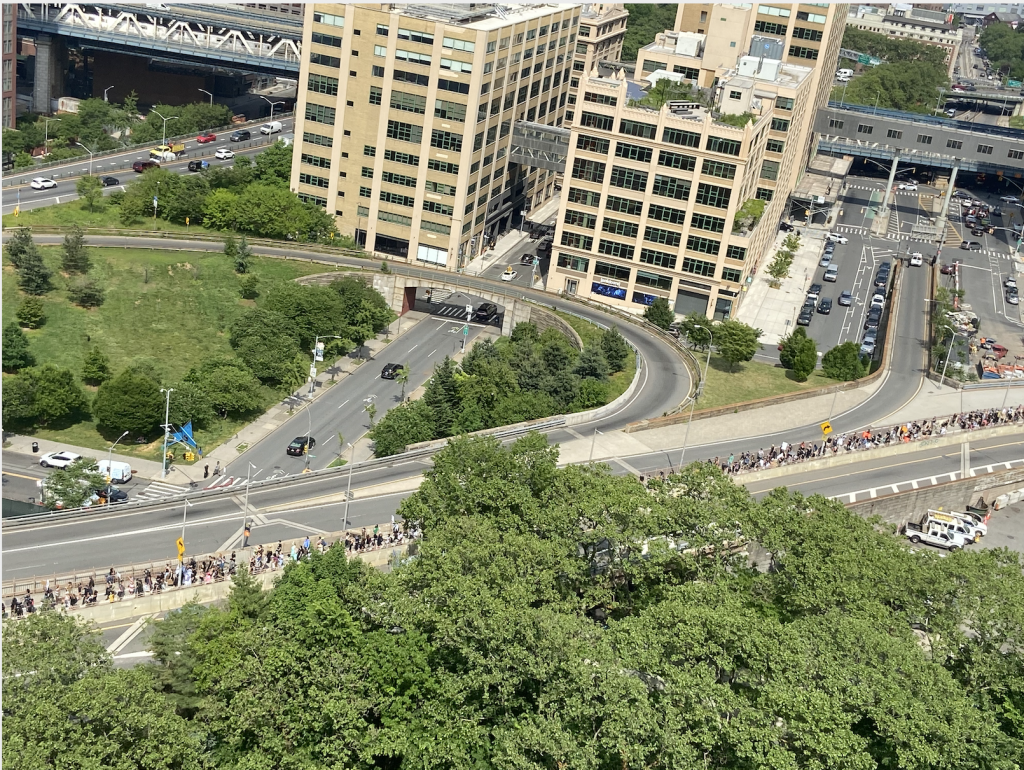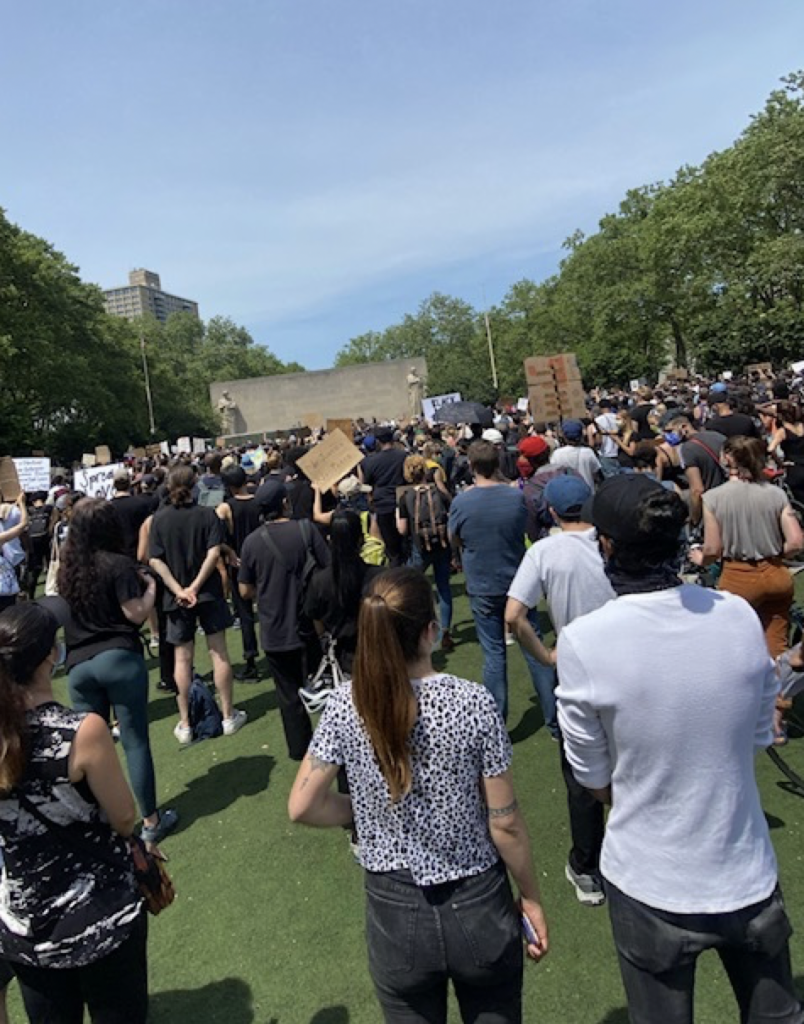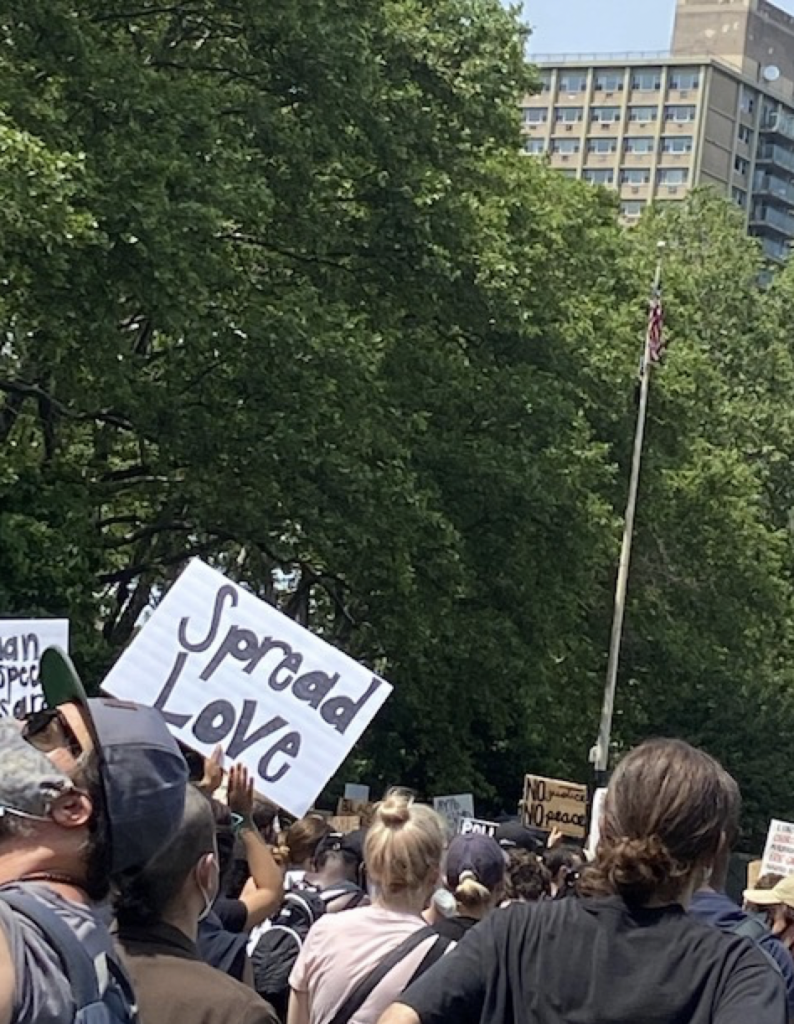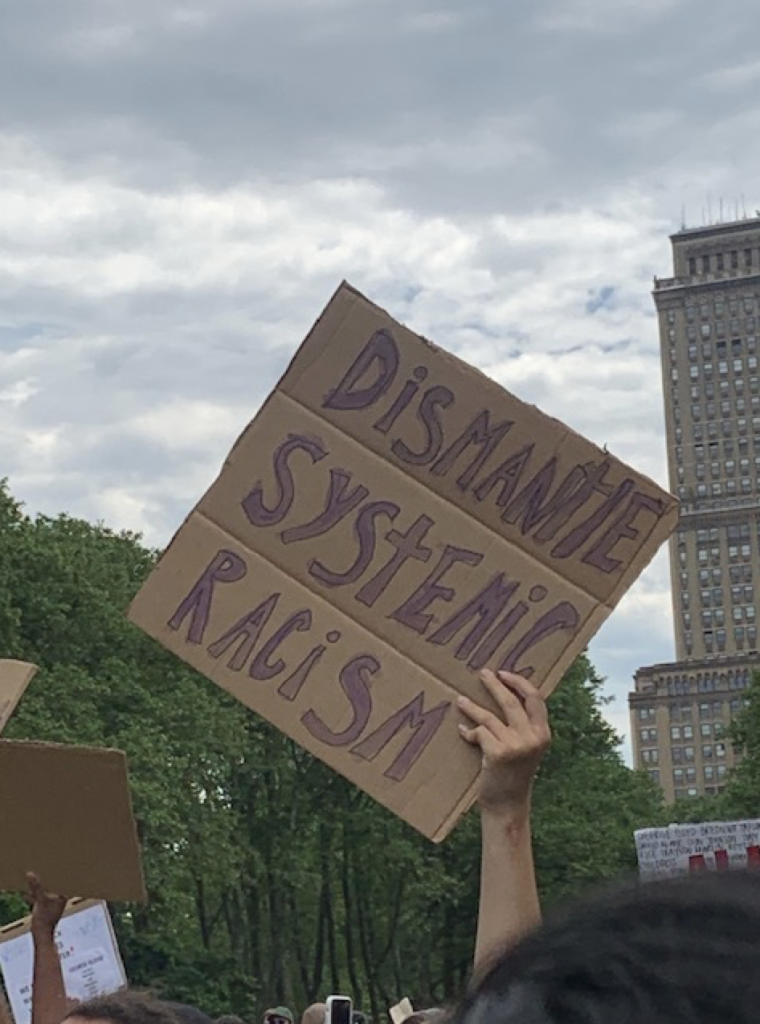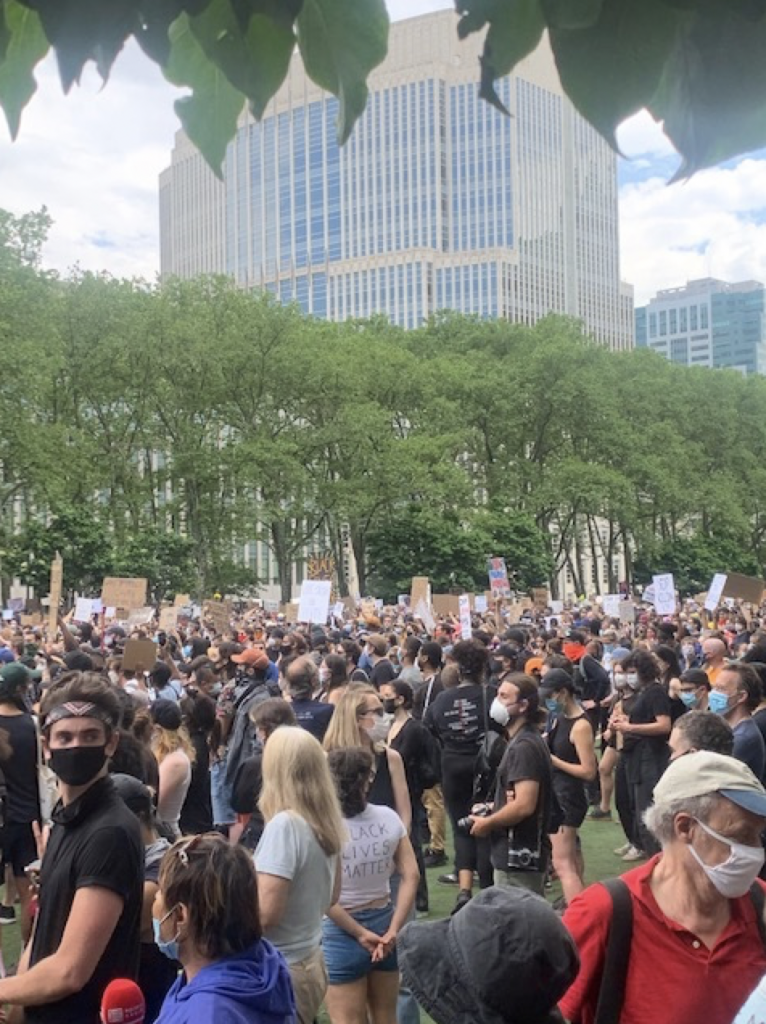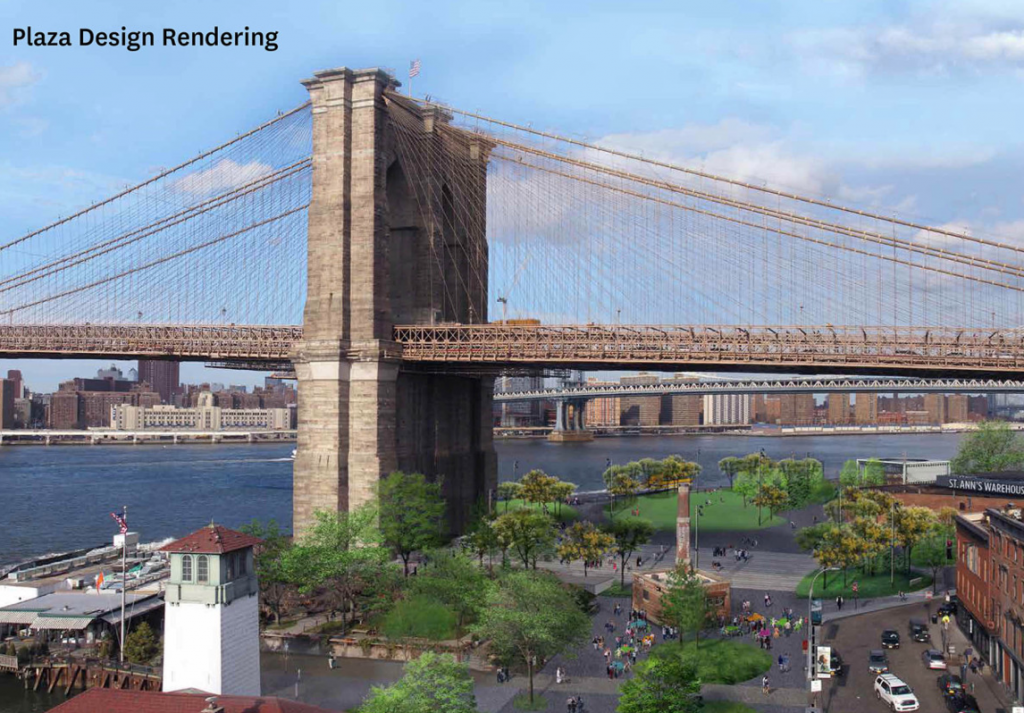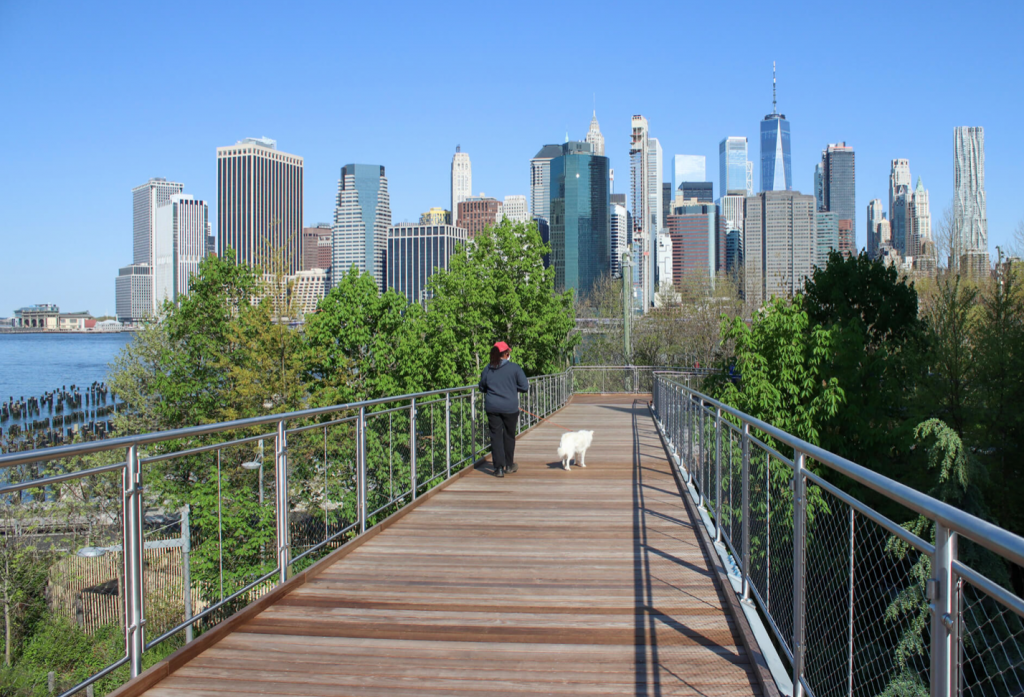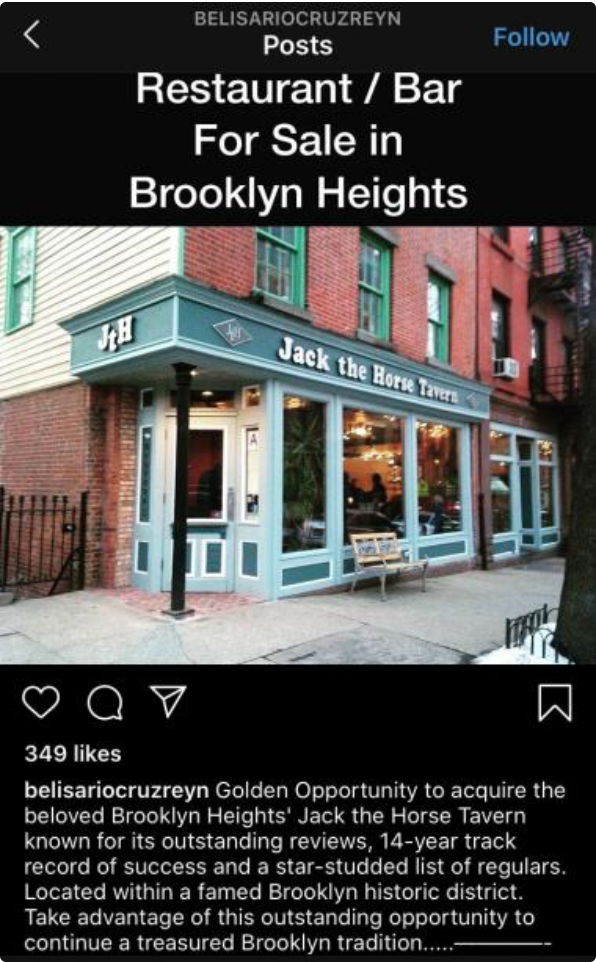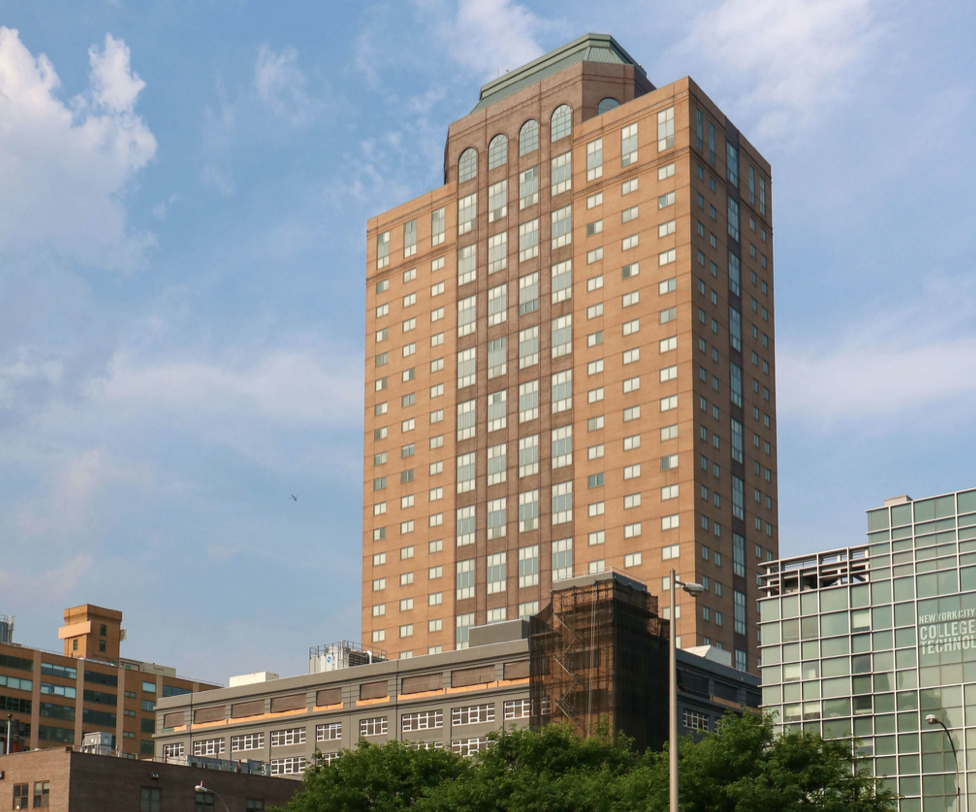In the first half of the 20thcentury, Robert Moses oversaw the design and construction of a multitude of notable public projects. Many were considered beneficial and were widely used, but others generated equal amounts of opposition and controversy. Of those structures, few if any have provoked the ire of the city’s residents more than the Brooklyn-Queens Expressway.
When the BQE was constructed, it cut through several Brooklyn and Queensneighborhoods, causing large-scale resident displacement and the destruction of many communities. Some neighborhoods were spared, but many industrial and lower-income neighborhoods were less fortunate.
Now, more than half century later, we are presented with an opportunity to correct the wrongs of generations past. It’s time that we implement a grand vision for the BQE that incorporates environmental and human-centered design, with an approach that knits together all communities, rather than prioritizing one over the other. It’s time to redesign, reconfigure and reconstruct the entire BQE corridor—from the Verrazzano Bridge through the boroughs of Brooklyn and Queens.
As we face a daunting financial climate due to the Covid-19 pandemic, investing in infrastructure such as the BQE will generate good-paying jobs and help jump-start the city’s economy.
Construction is one of the largest industries in the city. Reconstructing the BQE will not only make the entirety of the expressway safer, but it will have the added benefit of contributing to our post-pandemic recovery.
One portion of the BQE—the triple cantilever, atop which rests the iconic Brooklyn Promenade—has received a disproportionate level of attention. To fix only that 1.5-mile stretch of the BQE at the expense of the rest of the corridor would be shortsighted. We cannot squander an opportunity to implement a truly transformational vision that encompasses the entirety of the 20-mile roadway, including the Bay Ridge trench, the Gowanus Expressway, the trench in Carroll Gardens and Cobble Hill, the area between Downtown Brooklyn through Greenpoint and the roadway north of the Kosciuszko Bridge into Queens. Each of these sections, along with the triple cantilever, must be repaired or replaced in the coming decade—so why not do it all at once in a cohesive way?
A long-awaited and much-deserved fix for the roadway, prioritizing the safety of the public, must begin now. Before we jump into a multibillion-dollar construction makeover of the triple cantilever, we owe it to the residents of our great city to execute a broader vision. We have it in our power to see through a plan that allows for an environmentally sustainable and safe road.
Beyond repairing and restoring the structural integrity of the BQE, the city and state should pursue a range of innovative strategies to address core issues.
Given the enthusiasm of local communities and stakeholders for a visionary plan, it is just as important to include the public in discussions surrounding design and construction as it is to identify some of the challenges related to the reconstruction and revitalization of the BQE. Any plan, even an innovative one, must consider the engineering, construction, political and financial complexities inherent to turning that vision into reality. Nevertheless, the challenges present us with noteworthy opportunities.
New plans should incorporate design changes that would increase driver safety and help prevent car accidents by providing wider, two-lane highways in each direction, creating shoulder lanes where nonexistent and increasing the length of mergers where possible. We should build smart roads that incorporate methods of easing traffic and communication, while penalizing those who violate rules.
Some of the proposals to reimagine the triple cantilever that have received the most public attention would add acres of new parkland, scenic views and other amenities that encourage community engagement and recreational activities. Significant consideration of communities’ wants and needs should be given so that these benefits are inclusive, making use of existing land while creating new urban spaces and development opportunities where appropriate from the remnant property.
Following such a strategy, planners will have an opportunity to reconnect communities that were severed in the original plan and bring neighborhood-friendly designs that reinforce existing character and link areas to the waterfront, like in Sunset Park, or connecting Cobble Hill and Carroll Gardens to the Columbia Street waterfront. In Dumbo, we can create better connections between the BQE and nearby bridges, removing thousands of vehicles from clogged streets and shortening and facilitating currently difficult commutes.
A new corridor plan could address the concerns of Greenpoint, Williamsburg and other neighborhoods that are impacted by the imposing concrete structure of the BQE—while adding much-needed parkland. Further, all new construction should strive to minimize air pollution and noise, in keeping with our city’s clean-energy agenda. Neighborhoods such as Sunset Park, Sunnyside and Woodside, through which the BQE runs, suffer from some of the worst air quality and asthma rates in the city and stand to benefit the most.
The city, state and federal governments must come together now and build a new BQE. In light of the project’s scale and the time it will take to bring a corridor-wide plan to fruition, a working group composed of the three levels of government should be convened in order to coordinate the legislative and executive action required for the development and implementation of our vision for the BQE. Such an entity can manage roles and responsibilities among relevant government agencies and partners, ensuring active communication with all stakeholders throughout the process.
We owe it to New Yorkers to go one step further and genuinely engage the communities that stand to be most affected, ensuring a vision that is both sweeping and egalitarian.
There is no viable alternative but to tackle the situation head-on. We cannot put commuters and passengers at risk, reacting responsively rather than engaging in a proactive path that should begin now. It is our civic duty to envision a better BQE for all.
Carlo Scissura, president and CEO of the New York Building Congress, heads Mayor Bill de Blasio’s expert panel for the BQE. – CRAINS NEW YORK BUSINESS
